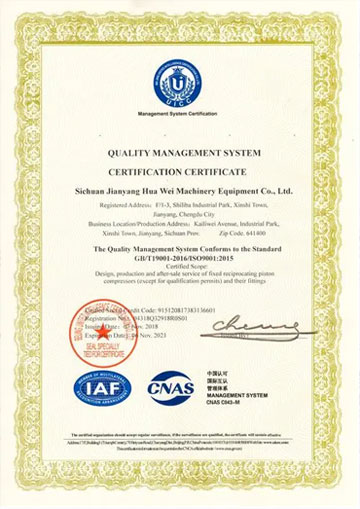

screws for t track
Dec . 22, 2024 11:18 Back to list
screws for t track
Understanding Screws for T-Track Systems A Comprehensive Guide
When it comes to woodworking, metalworking, or even DIY projects, T-track systems are a favorite among hobbyists and professionals alike. These versatile systems offer a unique way to secure tools, accessories, and materials, making them indispensable in various applications. However, the effectiveness of a T-track largely depends on the type and quality of screws used. In this article, we will delve into the importance of screws for T-track systems, types of screws available, and best practices for their use.
What is a T-Track?
A T-track is a metal or wooden channel shaped like a 'T' that allows for the installation of a sliding component. It provides a secure way to attach jigs, fixtures, and other tools at adjustable positions. Typically used in tables, router setups, or jigs, T-tracks enhance precision and adaptability in woodworking projects.
Importance of Screws in T-Tracks
The primary function of screws in T-track systems is to provide a secure attachment point for various accessories. The screws hold the components in place without damaging the surface of the T-track or the item being secured. Choosing the right screws is crucial because they must endure the stresses from movements, vibrations, and varying weights of different components. Poor-quality screws can lead to stripped threads, breakage, or misalignment, affecting the entire system's performance.
Types of Screws for T-Track Systems
1. Flat Head Screws These screws are designed to sit flush with the surface of the T-track. Flat head screws are ideal when you want a smooth finish and do not mind sacrificing a bit of grip. They are primarily used when aesthetics are important.
2. Pan Head Screws With a rounded top and a larger surface area, pan head screws provide a stronger grip. They are less likely to strip and can bear more weight, making them a popular choice for heavier attachments within T-track systems.
3. Socket Head Screws Also known as hex screws, these require an Allen wrench for installation. Their robust design allows for higher torque, making them ideal for applications that demand strength and durability.
screws for t track

4. Thumb Screws These screws feature a large, knurled head, allowing for easy hand tightening without tools. This characteristic makes thumb screws perfect for jigs that require frequent adjustment or repositioning.
5. Self-Tapping Screws If you're working with materials that allow for it, self-tapping screws can create their own threads as they are driven into the material. This feature eliminates the need for pre-drilling and can save time during assembly.
Best Practices for Using Screws in T-Track Systems
- Select the Right Length Gauge the thickness of your material accurately before selecting screws. Too long, and you risk damaging the underlying surface; too short, and you won't achieve a secure hold.
- Use Washers In applications where screws might be under a lot of stress or vibration, adding washers can distribute the load more evenly, preventing the screw from pulling through the material.
- Pre-drill Holes For delicate materials, pre-drilling can prevent splits and damage. Select a drill bit that matches the screw diameter to ensure a snug fit.
- Tighten with Care Over-tightening screws can strip threads or damage the T-track. Use just enough force to create a secure hold without compromising the integrity of the system.
- Regular Maintenance Periodically check the screws for signs of wear or loosening. Re-tightening as necessary ensures optimal performance and safety.
Conclusion
Screws play a pivotal role in the functionality and reliability of T-track systems. By understanding the various types of screws available and adhering to best practices in selection and usage, you can optimize the performance of your T-track setups. Whether you’re a seasoned professional or a weekend DIY enthusiast, investing time in the right hardware ensures that your projects run smoothly and efficiently. Proper screw selection not only enhances the effectiveness of your T-track but also contributes to the overall safety and longevity of your tools and materials.
Latest news
-
High-Strength Hot Dip Galvanized Bolts - Hebei Longze | Corrosion Resistance, Customization
NewsJul.30,2025
-
Hot Dip Galvanized Bolts-Hebei Longze|Corrosion Resistance&High Strength
NewsJul.30,2025
-
High-Strength Hot-Dip Galvanized Bolts-Hebei Longze|Corrosion Resistance&High Strength
NewsJul.30,2025
-
Hot Dip Galvanized Bolts-Hebei Longze|Corrosion Resistance&High Strength
NewsJul.30,2025
-
Hot Dip Galvanized Bolts - Hebei Longze | Corrosion Resistance, High Strength
NewsJul.30,2025
-
High-Strength Hot Dip Galvanized Bolts-Hebei Longze|Corrosion Resistance, Grade 8.8
NewsJul.30,2025

